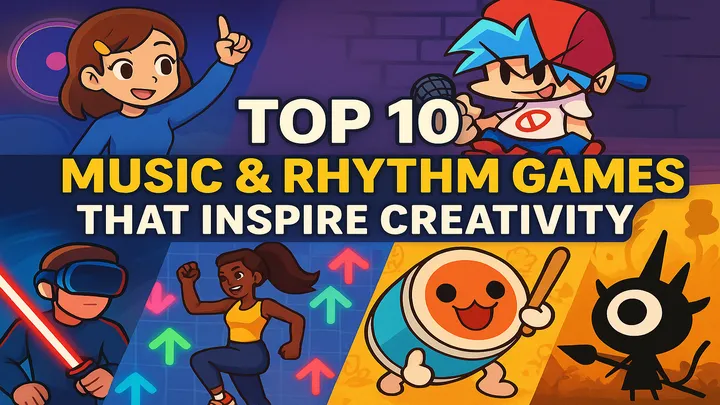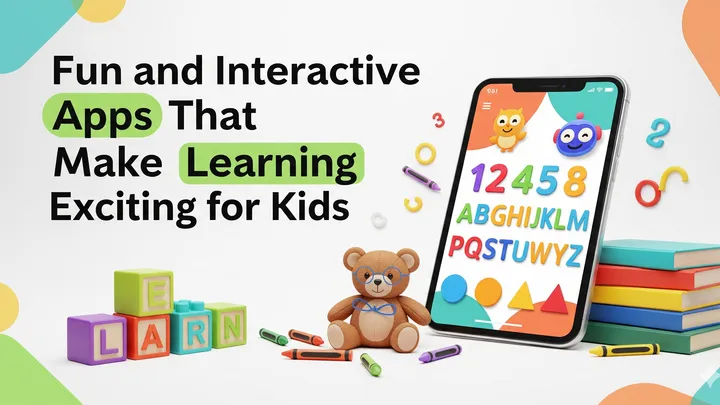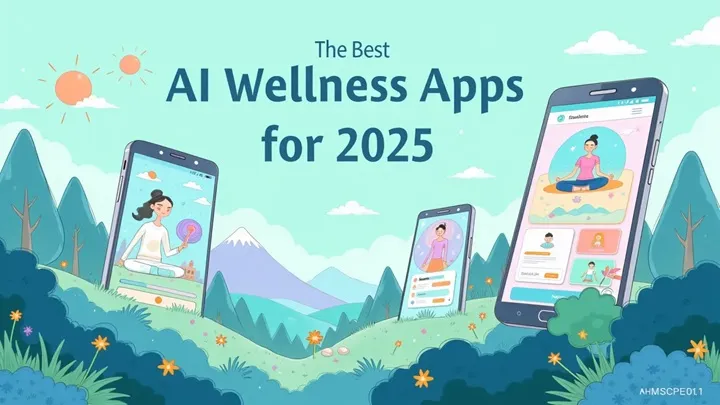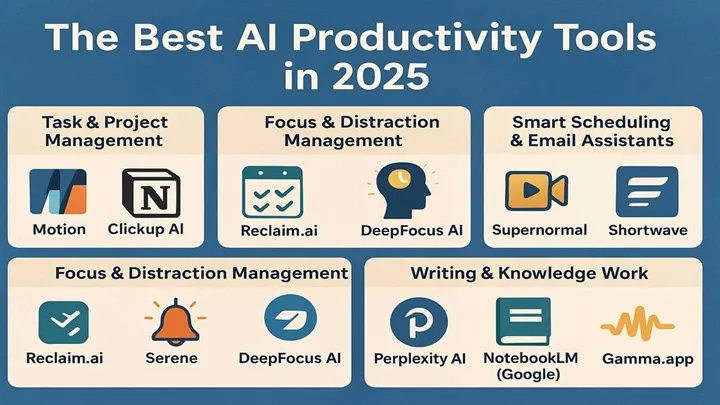Stardew Valley, at its heart, is more than just farming and profit margins. It is a game about community, connection, and creating a meaningful life beyond the grind of modern society. While players often focus on crops, livestock, and gold-making strategies, one of the most rewarding dimensions of the game lies in building relationships with Pelican Town’s residents. The friendship system, enriched by carefully crafted heart events, transforms these NPCs from background figures into genuine companions, rivals, and sometimes even family.
In this article, we will explore how relationships and heart events shape the Stardew Valley experience. Rather than offering a simple guide on how to maximize friendship points, this deep dive examines the role of social systems in storytelling, immersion, and emotional engagement. We will look at how these relationships progress, the significance of heart events, and the broader cultural impact Stardew Valley has had by weaving empathy into gameplay.
1. The Foundation of Relationships in Stardew Valley
Every resident of Pelican Town comes with a distinct personality, backstory, and set of likes and dislikes. The player’s interactions — giving gifts, talking daily, and attending festivals — contribute to relationship progression. Unlike many farming games that include simple affection meters, Stardew Valley’s friendship system ties closely into identity and story.
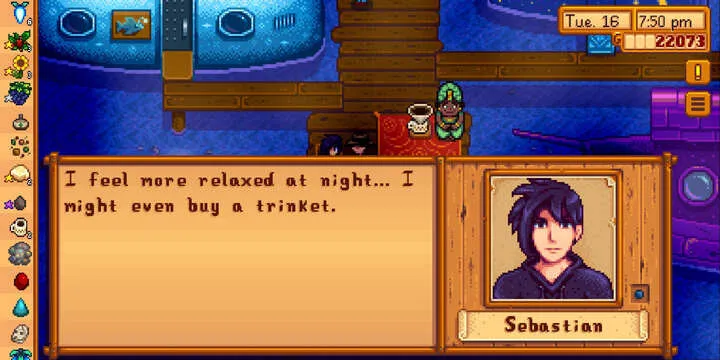
Emotional Connection Over Mechanics
Each villager is more than a point system. Dialogue evolves as friendships deepen, moving from polite small talk to personal confessions. This progression grounds the player in the community, making each heart level feel significant.
The Reward of Patience
Relationships in Stardew Valley are designed to unfold over time. Players can’t speed-run friendship the way they might optimize crops. This deliberate pacing mirrors real relationships — trust and intimacy build gradually.
2. Heart Events as Narrative Milestones
Heart events occur at specific relationship levels, serving as narrative rewards for sustained engagement. These events often take the form of cutscenes, where characters reveal their struggles, joys, or vulnerabilities.
Storytelling Through Gameplay
Heart events bridge mechanics and story. Rather than just giving players gifts or bonuses, these events enrich characters with dimension. For example, Sebastian’s heart events reveal his sense of isolation, while Shane’s explore themes of depression and recovery.
Player Agency
Choices in heart events allow players to influence outcomes. The player’s responses can deepen bonds, provide comfort, or, occasionally, distance. This interactivity makes players feel responsible for the relationships they cultivate.
3. Marriageable Characters and Romance
One of the most celebrated features of Stardew Valley is the ability to pursue romantic relationships. Twelve characters are eligible for marriage, each with their own heart events, personalities, and post-marriage dynamics.
More Than a “Dating Sim”
While romance can be pursued, it doesn’t dominate the game. Instead, it serves as an optional extension of the community system. This balance ensures that marriage feels meaningful without overshadowing farming or exploration.
Post-Marriage Development
Unlike many games where romance ends with marriage, Stardew Valley continues to develop characters after commitment. Spouses contribute to farm life, reveal new dialogues, and occasionally show flaws — adding realism to relationships.
4. Friendships Beyond Romance
Not all relationships are romantic. In fact, some of the most impactful heart events come from platonic friendships. Linus, the town’s hermit, reveals vulnerability and resilience. George shares regrets about aging. These stories foster empathy without requiring romantic pursuit.
Diversity of Social Bonds
The game highlights that community thrives on all kinds of relationships — mentorships, rivalries, friendships, and family ties. Building bonds with elders like Evelyn or youngsters like Vincent expands the social tapestry of Pelican Town.
5. The Role of Gifts in Relationship Building
Gift-giving is central to Stardew Valley’s relationship mechanics. While on the surface this may feel transactional, it carries symbolic weight in reinforcing bonds.
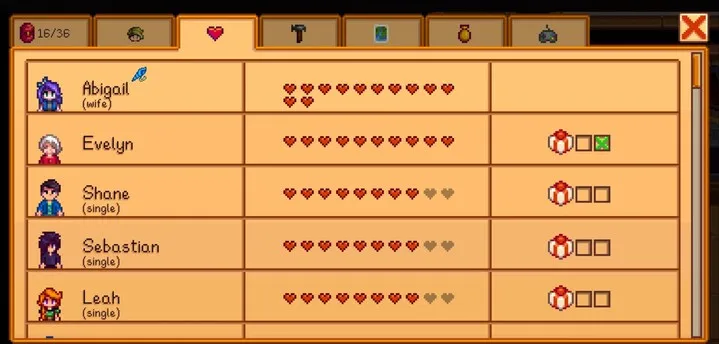
Personalization
Each character has preferences rooted in their personality. Giving Emily gemstones resonates with her spiritual curiosity, while giving Penny books or thoughtful items reflects her love of learning and care for children. This system reinforces identity through mechanics.
Cultural Reflection
Gift-giving mirrors real-world traditions, where tokens of appreciation symbolize care. It teaches players attentiveness — knowing what others value fosters deeper connection.
6. Themes of Vulnerability and Healing
One of Stardew Valley’s most powerful contributions to gaming is its sensitive handling of emotional struggles. Heart events often touch on mental health, addiction, loss, and loneliness.
Shane’s Story
Shane’s arc portrays depression and alcoholism, rare topics in farming simulators. His eventual steps toward recovery highlight the game’s commitment to empathy.
Other Struggles
Characters like Sebastian wrestle with belonging, while Kent’s storyline touches on PTSD after returning from war. These narratives give Stardew Valley a maturity that resonates with many players.
7. Festivals as Social Anchors
Festivals provide communal opportunities to interact with characters outside of one-on-one exchanges. These events, tied to the calendar, emphasize the collective identity of Pelican Town.
Social Rituals
From the Flower Dance to the Feast of the Winter Star, festivals showcase cultural traditions, reinforcing the idea of community. They also create organic spaces for relationship-building.
Role in Storytelling
Festivals remind players that relationships exist in a shared world. They’re not isolated storylines but part of a living community where everyone gathers, celebrates, or mourns together.
8. How Relationships Shape Gameplay Beyond Story
Relationships are not purely narrative — they influence gameplay. Higher friendship levels unlock recipes, room access, and even discounts.
Integrating Utility and Emotion
By linking emotional investment to tangible gameplay rewards, Stardew Valley ensures relationships are neither purely mechanical nor purely narrative. This integration makes every bond meaningful on multiple levels.
9. Community as the Endgame
Many players describe completing the Community Center as the emotional climax of Stardew Valley. This milestone symbolizes restoring not just a building, but the bonds of Pelican Town itself.
Symbol of Unity
Friendships and heart events contribute to this sense of collective revival. By investing in people, the player helps rebuild both infrastructure and spirit.
10. Why Relationships Make Stardew Valley Unique
Stardew Valley could have been just another farming simulator. Instead, its heart events and relationship systems elevate it into a narrative about empathy, care, and community.
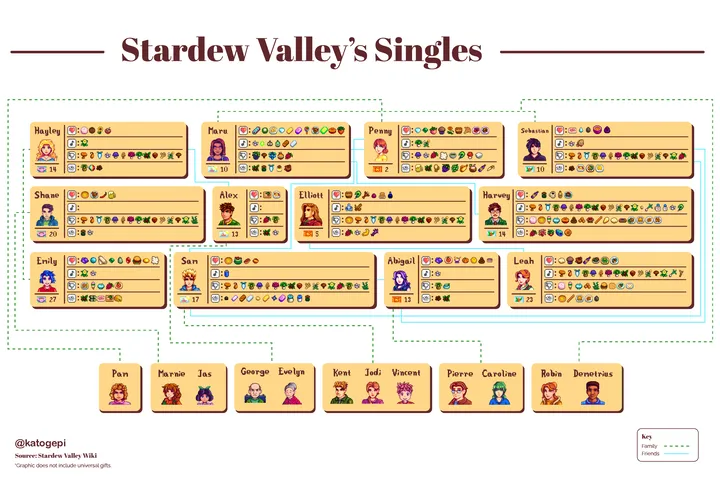
Lasting Impact
The game resonates because it validates the importance of kindness and connection. In a digital world where efficiency often dominates design, Stardew Valley reminds us that relationships — messy, slow, and rewarding — are worth nurturing.
Conclusion
Relationships and heart events in Stardew Valley are not side activities but the soul of the game. They transform Pelican Town from a backdrop into a living, breathing community. By weaving vulnerability, care, and connection into mechanics, ConcernedApe crafted a game that teaches as much about empathy as it does about farming.
Whether through the laughter of a festival, the quiet confession of a heart event, or the simple joy of giving a favorite gift, Stardew Valley shows that success isn’t measured only in gold earned or crops harvested, but in the bonds we build along the way.










